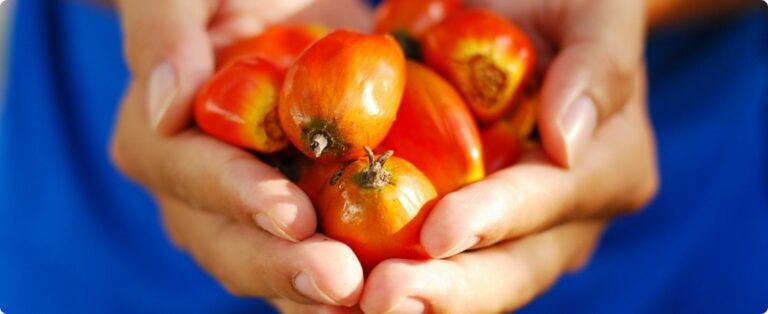One of the main vegetable producing municipalities in Minas Gerais, Carandaí, has attracted attention due to the increase in farmers investing in fruit cultivation. Seen as an alternative means of income diversification for producers, fruit growing has gained space and preference on family properties.
Producers began to invest in fruit growing in 2012, where the first Demonstration Units (UDs) were installed, with the support of the Agricultural Research Company of Minas Gerais (Epamig) and Emater-MG, for fig production, enabling in addition to fruit, the making of sweets. It was then perceived that there was a need for more investment in fruit growing. Some producers in Carandaí began to focus on planting vines and with a greater number of UDs and well-kept areas in the process of expansion, grape cultivation has grown.
The “Niágara Rosada” and “Niágara Branca” varieties, both table varieties, are the most cultivated. Preference is given to the good price achieved in the market and great appreciation from consumers. The winegrowers' idea is to speed up production, placing the product on the market before the harvest in São Paulo, thus obtaining greater profit, since with a greater supply of grapes, the tendency is for the price to fall in Minas Gerais. The vine seedlings planted in Carandaí are produced at the Epamig Uva e Vinho Technological Center, in Caldas-MG.
Carlos Alberto Nichele, a winegrower from Carandaí, started investing in planting vines three months ago and already intends to expand. “I have already grown strawberries and other fruits, but now I intend to invest in grape production. In the future I must increase the planting fields to obtain greater profit”, plans Carlos, who started by planting 300 seedlings and has been looking for the best conditions to obtain a satisfactory result.
According to Epamig researchers Paulo Norberto and Ângelo Albérico, the idea is to expand to other fruit species such as peach, guava, atemoya, among others. “The proposal is to verify the productive potential of these fruit trees in the region, as well as expand the area cultivated with fruit and increase the number of fruit growers, boosting fruit production in Carandaí and other municipalities in the Campo das Vertentes region”, says Paulo. He says that from 2008 onwards, Demonstration Units with temperate fruit trees were implemented in some municipalities in the region, including: São João del-Rei, Tiradentes, Coronel Xavier Chaves, Prados, Resende Costa, Lagoa Dourada, Barroso, Piedade do Rio Grande and Carandaí.
Currently, the program has 23 Demonstration Units distributed in these municipalities, and in several rural communities in the Campo das Vertentes region, as a way of presenting a viable alternative for generating employment and income for small and medium-sized producers in this region.










